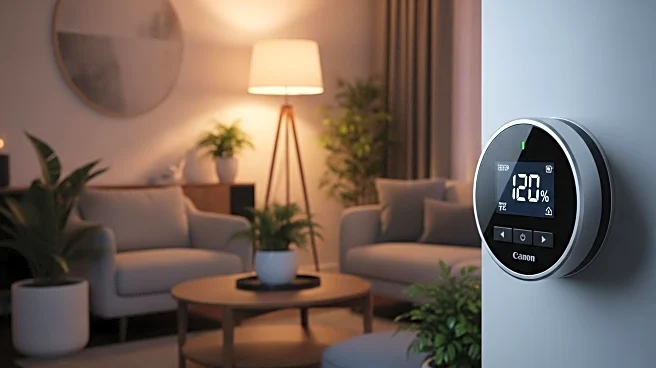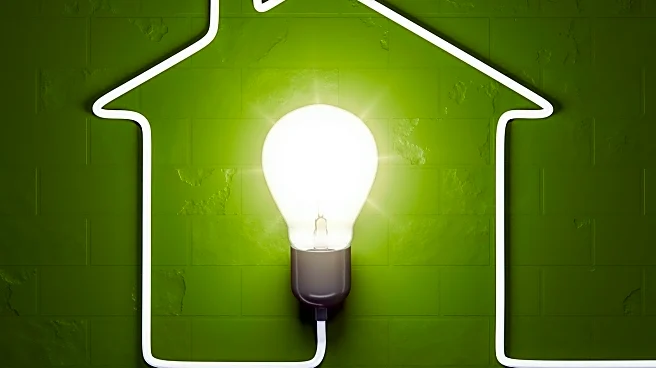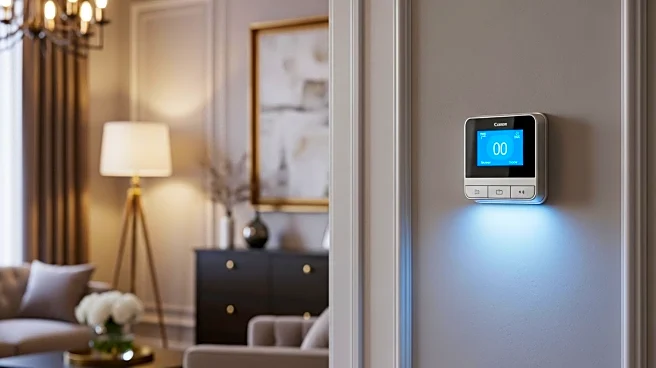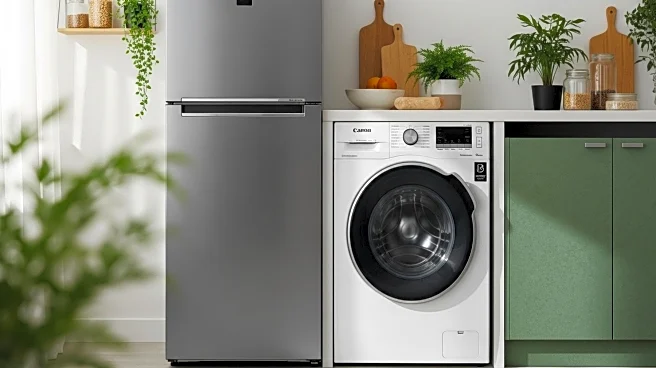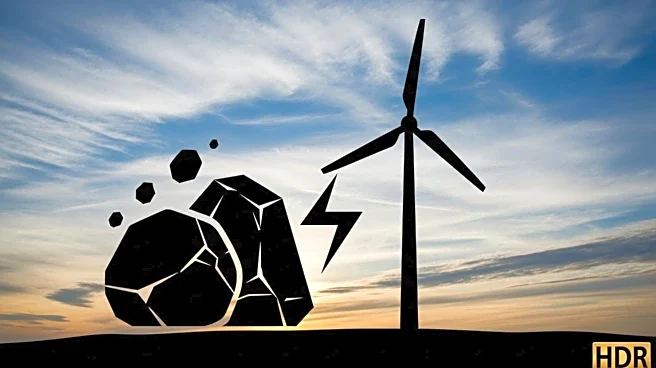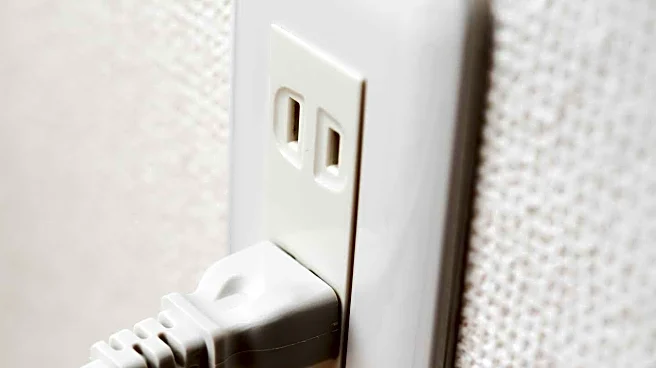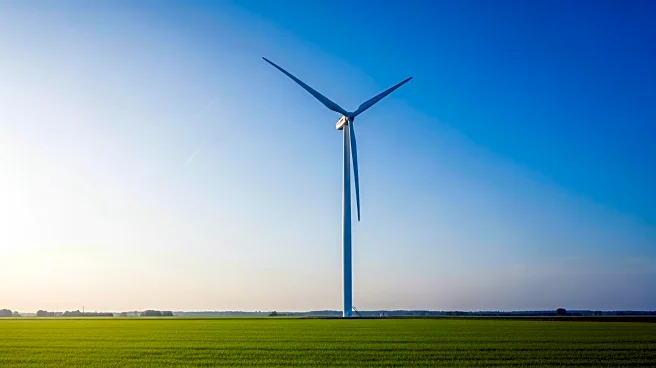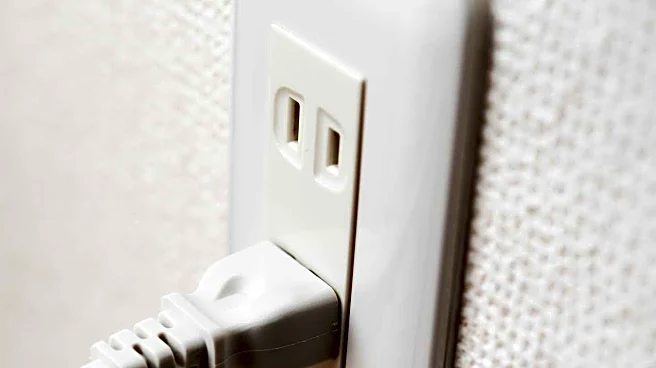What's Happening?
As winter approaches, experts are advising homeowners on the best thermostat settings to balance comfort and energy savings. The federal Department of Energy recommends setting the thermostat to 68-70 degrees Fahrenheit when at home and lowering it when asleep or away. Turning the thermostat back 7 to 10 degrees can save up to 10% annually on heating costs. However, it is important not to set the temperature too low to avoid frozen pipes. Smart thermostats are suggested for their ability to remotely manage settings and provide feedback on energy usage.
Why It's Important?
Proper thermostat management can lead to significant energy savings and reduced heating costs for households. With rising energy prices, optimizing thermostat settings is a practical way for consumers to manage expenses. Additionally, smart thermostats offer advanced features that enhance convenience and efficiency, contributing to overall energy conservation efforts. This advice is particularly relevant for households with vulnerable individuals, such as infants or the elderly, who require warmer temperatures for health reasons.
What's Next?
Homeowners may consider investing in smart thermostats to further optimize their energy usage and reduce costs. As technology advances, these devices are becoming more accessible and user-friendly, offering features like remote access and integration with local utilities. Consumers are encouraged to explore available options and choose models that best fit their needs and budget.
Beyond the Headlines
The push for energy efficiency in home heating reflects broader environmental and economic trends. As society becomes more conscious of energy consumption and its impact on the environment, innovations like smart thermostats play a crucial role in promoting sustainable living. This shift towards energy-efficient technologies may also influence policy decisions and encourage further investment in renewable energy sources.

